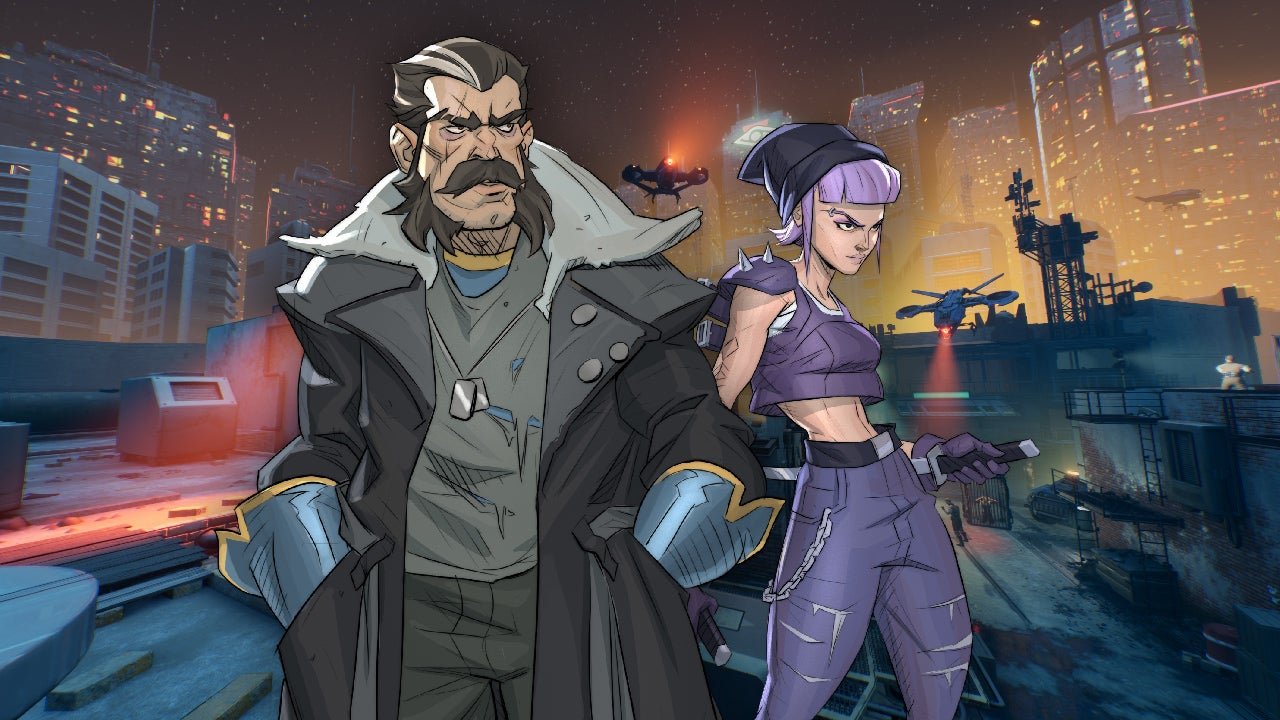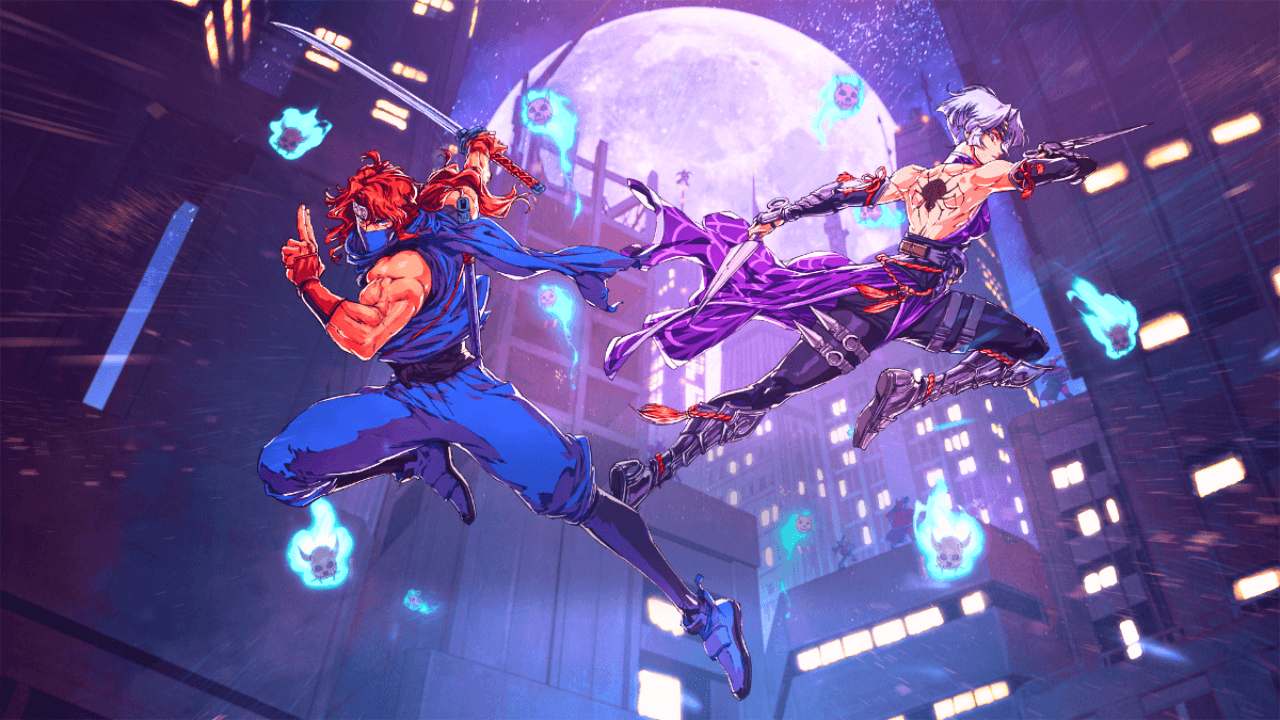Capes is stalked by a particularly amusing irony. Everyone will notice that in this superhero-themed turn-based tactics game, there is a near-total lack of capes. To silence the jokes, Spitfire Interactive must now be tempted to issue an update which provides every hero, villain, hostage, thug, gunman and bystander with a swishy garment of their own.
Whatever their sartorial decisions from here on in, these first-time Australian developers have delivered a genuine surprise for tactics fans. Capes is an elegant, streamlined, and challenging addition to a genre enjoying something of a golden era. Its clever design holds familiar and novel concepts in a careful balance, and its campaign consistently adds new mechanical twists and turns. While the difficulty curve is quite harsh at present, Capes has a lot to offer seasoned and rookie tacticians alike.

In Capes, superpowers are a fact of life. The fictional metropolis of King City endures the dark fallout of “the showdown”, when the local heroes were wiped out years earlier. The player commands a growing group of new, young heroes in a covert rebellion against The Company, a malevolent firm with evil designs on the city. The Company is led by Alpha, Primax, and Mindstar – three supervillains in an uneasy truce. Freeing King City will mean building up the heroes’ skills, waging a superpowered guerilla war, and taking down these big bads before their various plans reach fruition.
While this setup recalls a spandex-clad spin on XCOM 2, the often humorous storytelling and dialogue are more similar to the cult classic Freedom Force. This makes sense, because Capes writer Morgan Jaffit worked on that game over 20 years ago. Capes is presented and told in a breezy, colourful way which strongly evokes superhero comics – right down to on-screen speech bubbles. This approach can be misleading, though: make no mistake, the lengthy campaign consists entirely of hand-crafted missions which present a stern challenge even for tactics veterans.
Importantly, Capes drops the strategic or meta layer common to most turn-based tactics games. All that occurs between missions is cutscenes, dialogue back at base, and a chance to spend newly earned skill points to upgrade heroes.
Spitfire’s combat system emphasises predictability and open information. The outcome of any action can be predicted through careful assessment of the situation, and all valid attacks will hit. This means that combat is more puzzle-like than in most other tactics games; at times it recalls Into the Breach in this respect. Capes never feels chaotic, but it always feels challenging. At times, missions look almost impossible – but careful planning will deliver hugely satisfying victories over the Company’s thugs.
Instead of an XCOM-like two-action system or an action points approach, Spitfire has opted for a clever and unusual fusion of both. Each hero has two actions, but movement is handled separately; typically a hero will have five movement points per turn. Crucially, actions and movement can be interspersed freely. This adds engaging tactical flexibility, especially for faster characters like the Flash-like speedster Mercurial. She can dart in with a running kick, sidestep away to punch another foe, then move yet again to a place of safety – all in a single turn.

Tactics games almost invariably feel derived from their predecessors; what matters most is if and how they differentiate themselves. With its pre-built characters, futuristic urban setting, and downplayed strategic layer, Capes most resembles XCOM: Chimera Squad. Happily, Spitfire have added a number of mechanics which help their game to have a distinct feel of its own.
One of these is teamups, which while superficially similar to heroic combos in Marvel’s Midnight Suns, work quite differently here. Each hero can deploy an enhanced version of specific skills while they are in close proximity to another specific hero. For example, anyone in the vicinity of Rebound can be teleported by her to a nearby location. When Facet is close by, Mercurial can deploy a wall of crystals when she uses her dash action.
Secondly, each hero has a unique, game-changing ultimate power which charges in a unique way. Facet gains charge each time he is hit, and his ultimate encases every nearby foe in crystal prisons. Weathervane charges up when he shocks enemies with his lightning attack, and his ultimate hits every enemy in a large area of effect. All heroes can earn charge if they end a turn with any actions unspent, which is a juicy tactical decision in itself.
Thirdly, there is the disarm system. Certain attacks impose disarm damage, which can cause thugs to drop their weapons or supersoldiers to abort the special attack they are charging. This is another clever complication, and far more interesting than the comparable morale system in this year’s lacklustre Classified: France ‘44. Taken together, the solid fundamentals of Capes, its consistently challenging mission design, and these novel elements add up to an enthralling tactical experience.

Capes does have its weaker aspects. The story is quite interesting, but told through a slightly jarring mix of in-engine cutscenes and 2D talking heads. The soundtrack is merely adequate and quite limited in scope. The most significant drawback is to do with some elements of mission design and difficulty. The occasional stealth missions are undoubtedly the weakest that Spitfire have come up with – they are often somewhat frustrating, because it is difficult to predict where heroes can be safe from observation.
Some will also feel that certain missions are excessively difficult, and at the time of writing the developers are looking into this. The sternest challenges would be more manageable if Spitfire made certain gameplay elements clearer. For example, Facet’s growth ability can block line of sight in a way which negates some of the deadliest enemy attacks, but this isn’t made obvious.
Capes lacks the epic grandeur of XCOM 2 or the sheer scale of Midnight Suns, and some may rue the lack of a strategic layer. Nevertheless, Spitfire Interactive have delivered some extremely engaging battles in a new, likeable superhero setting. Plus, there is something to be said for a tactics game which can be tackled in a shorter time. All fans of the genre should definitely check out this superheroic showdown.





